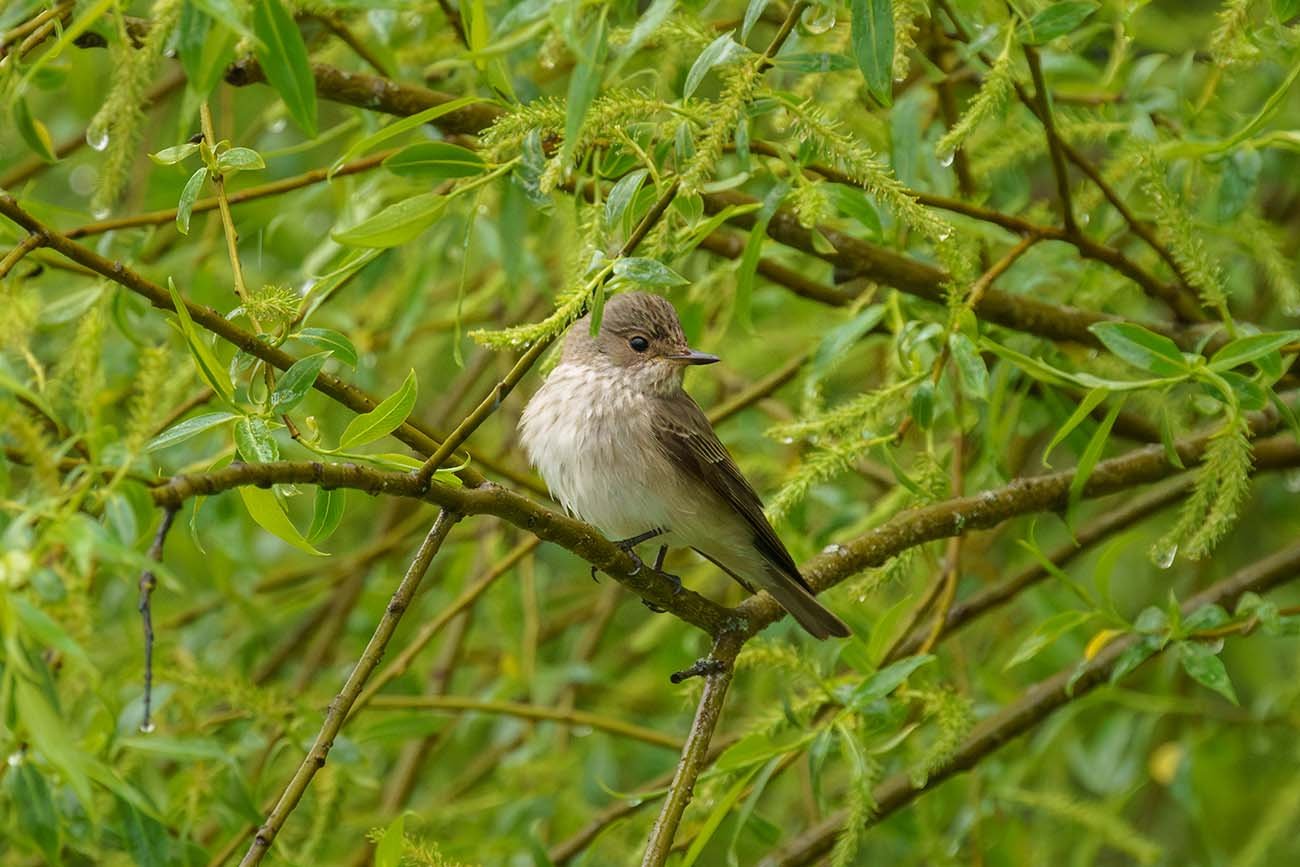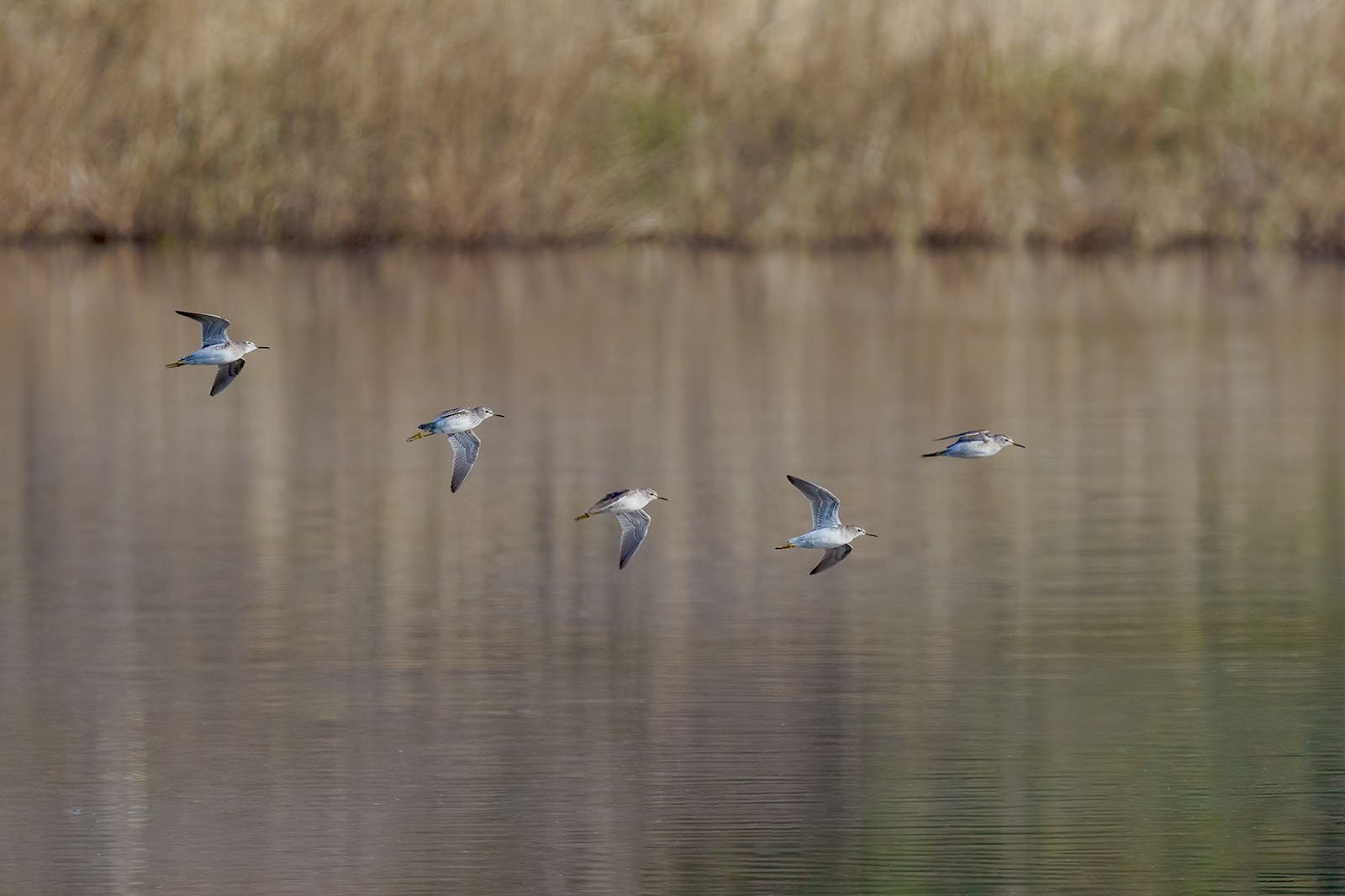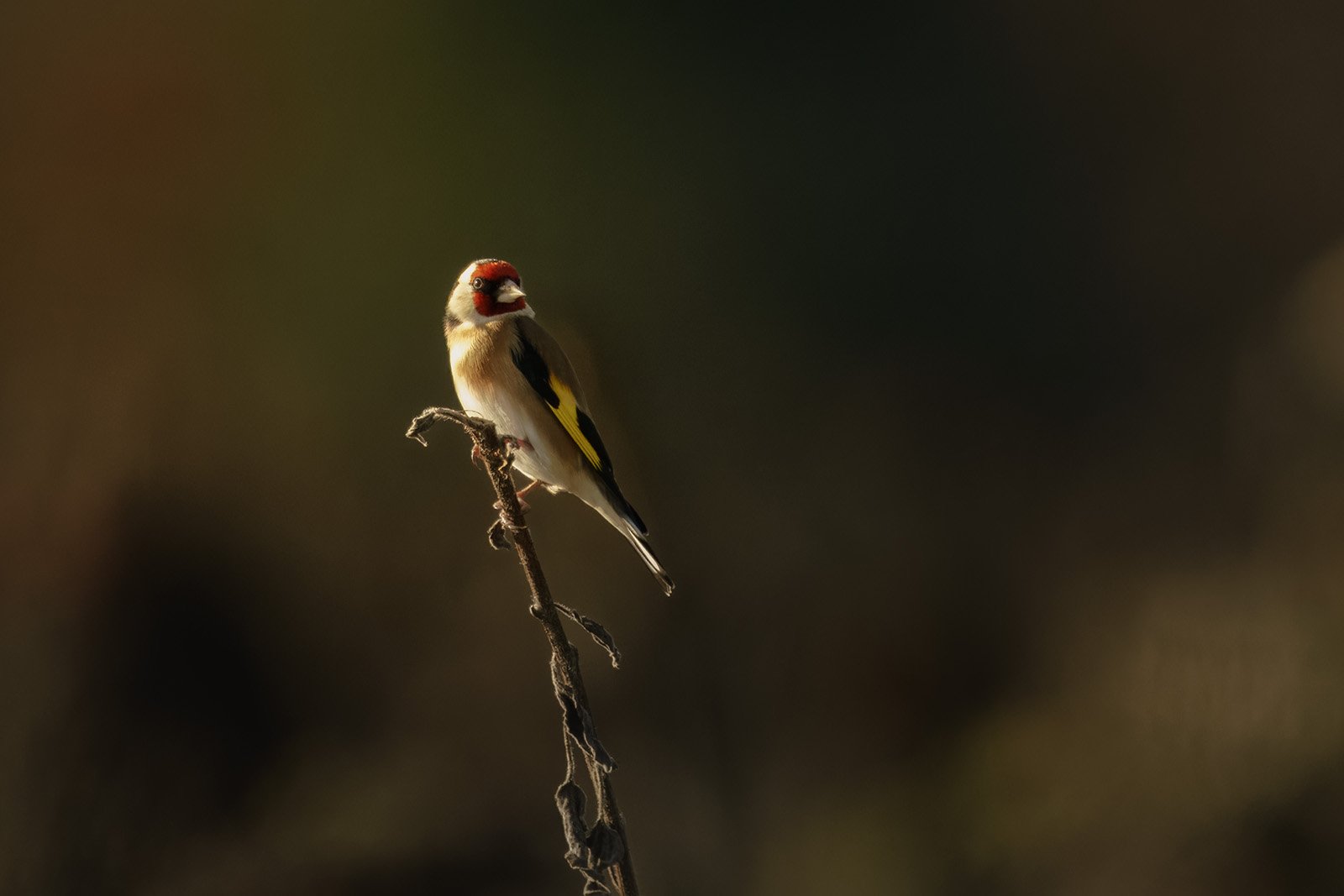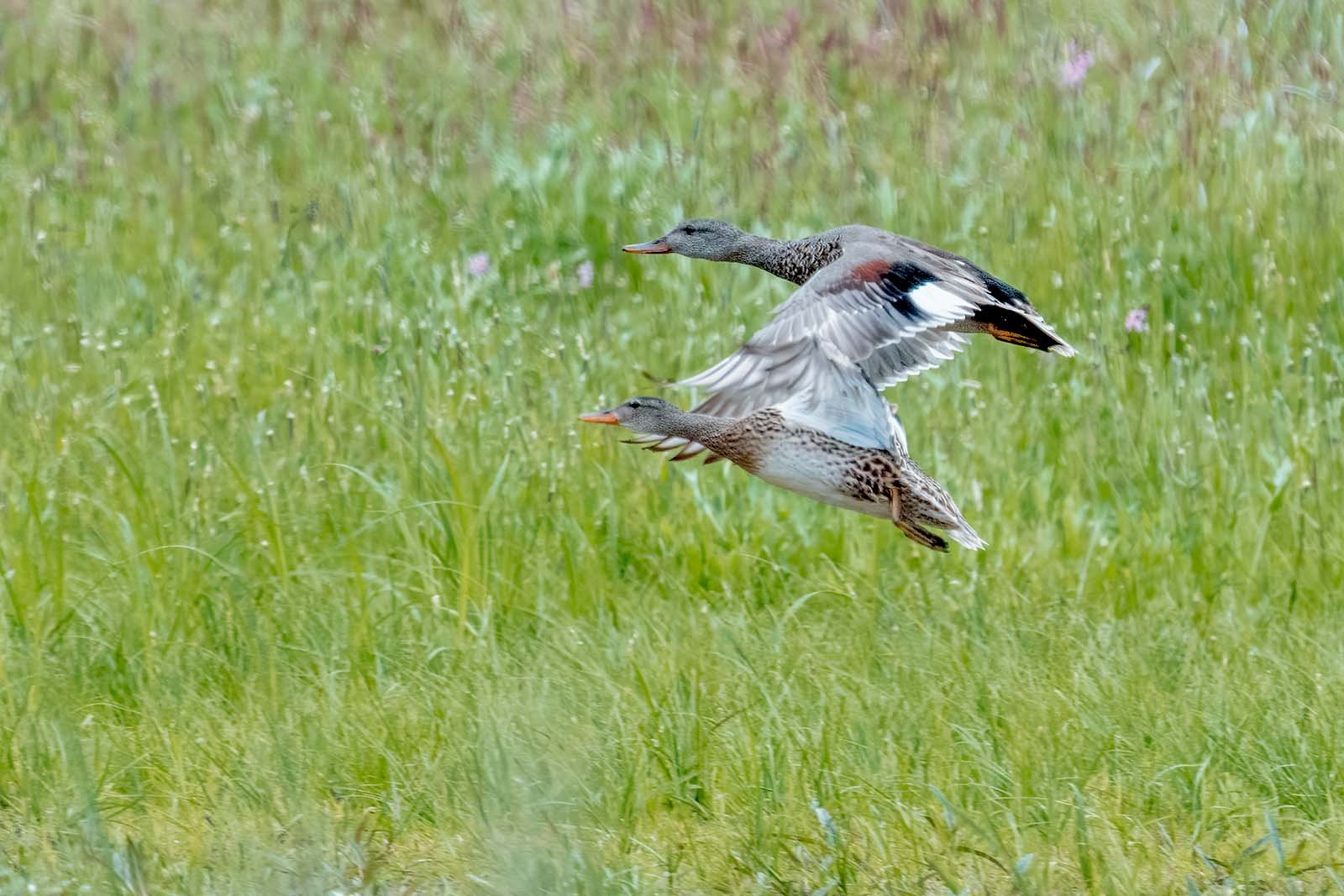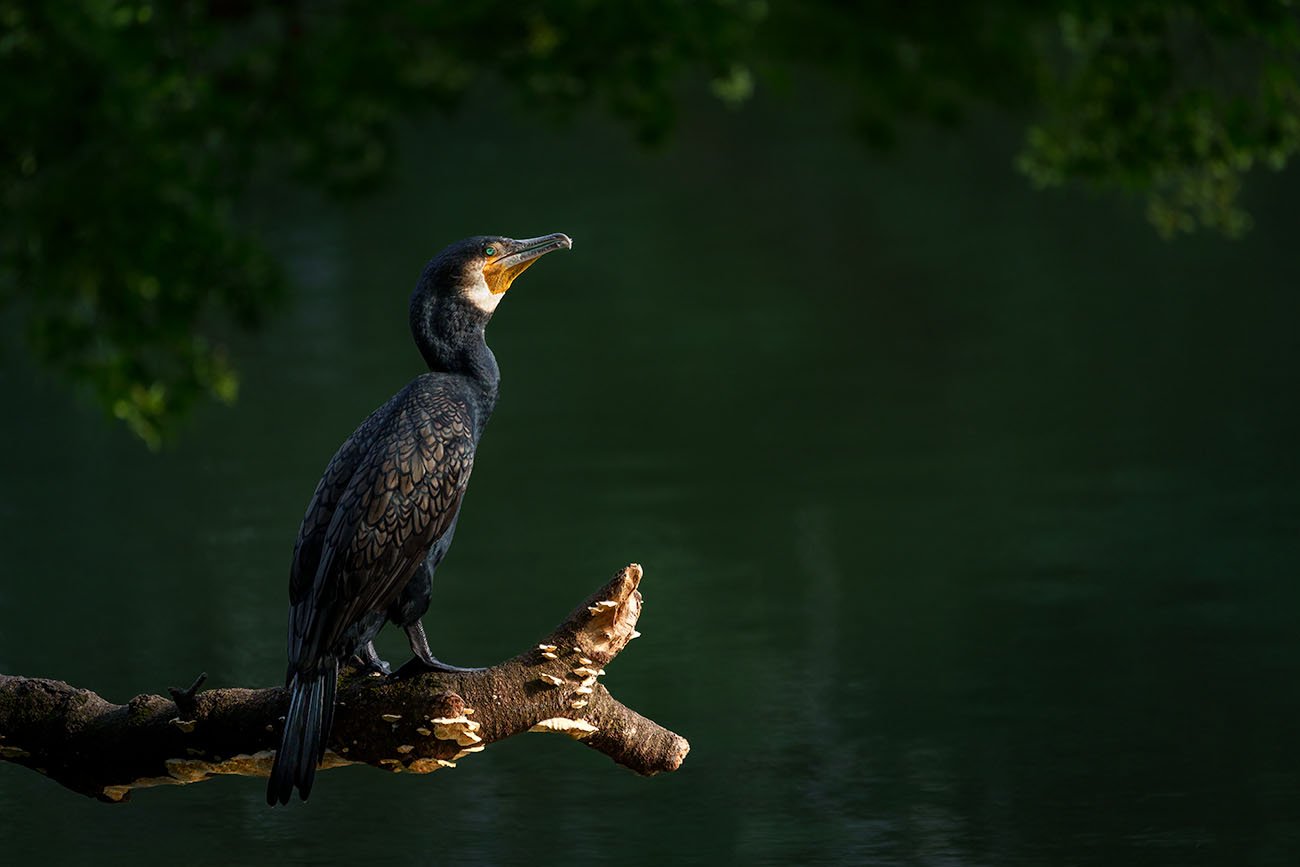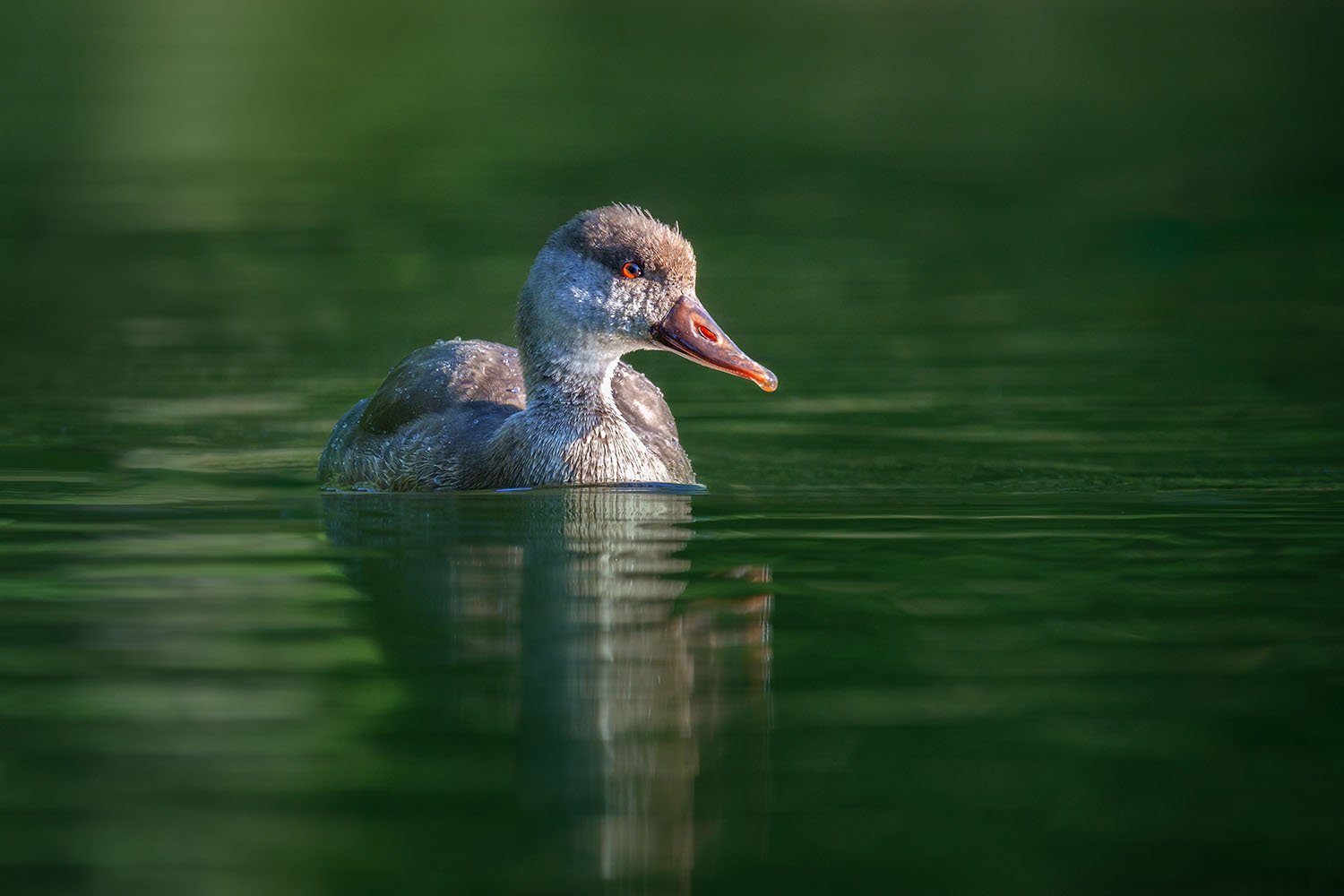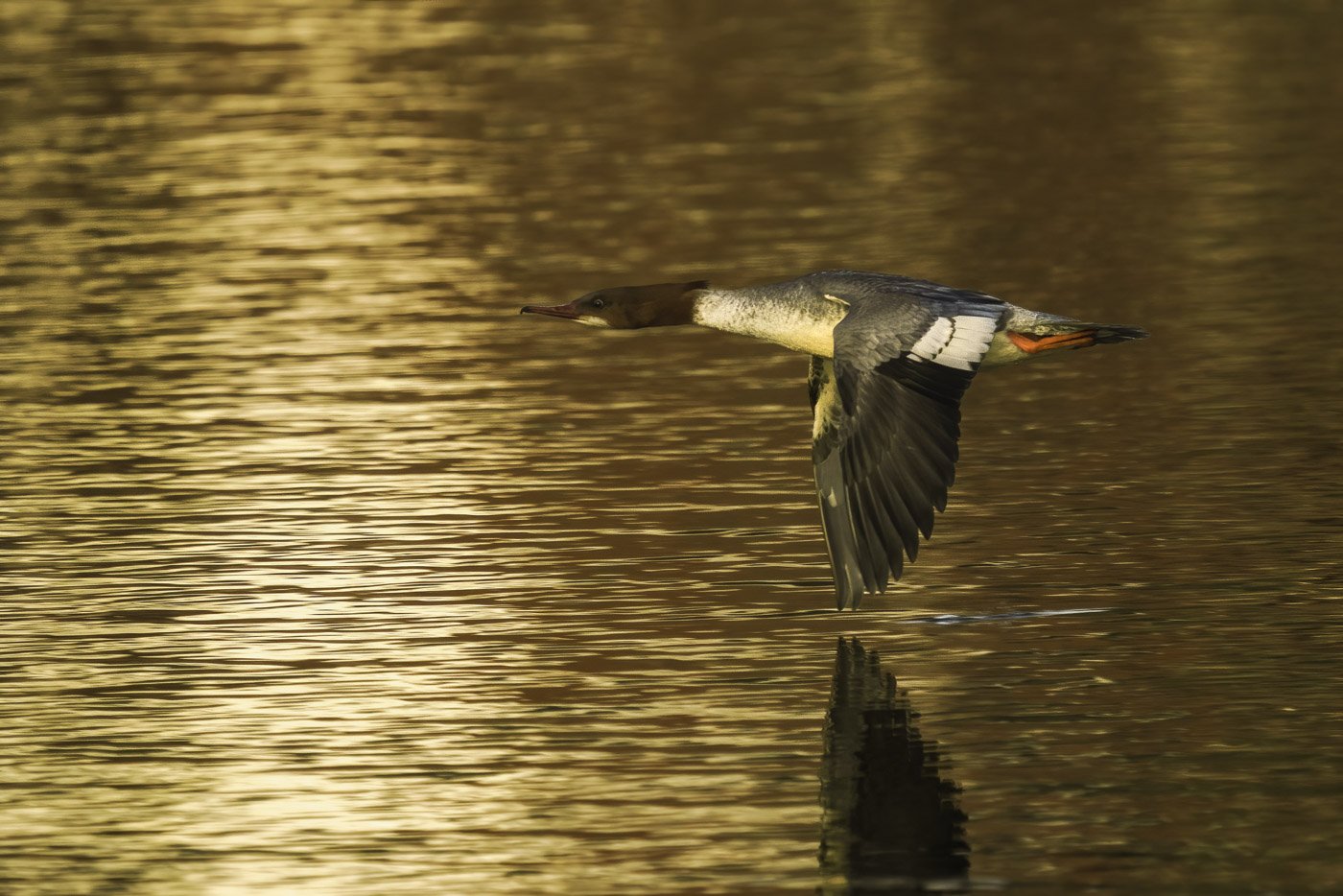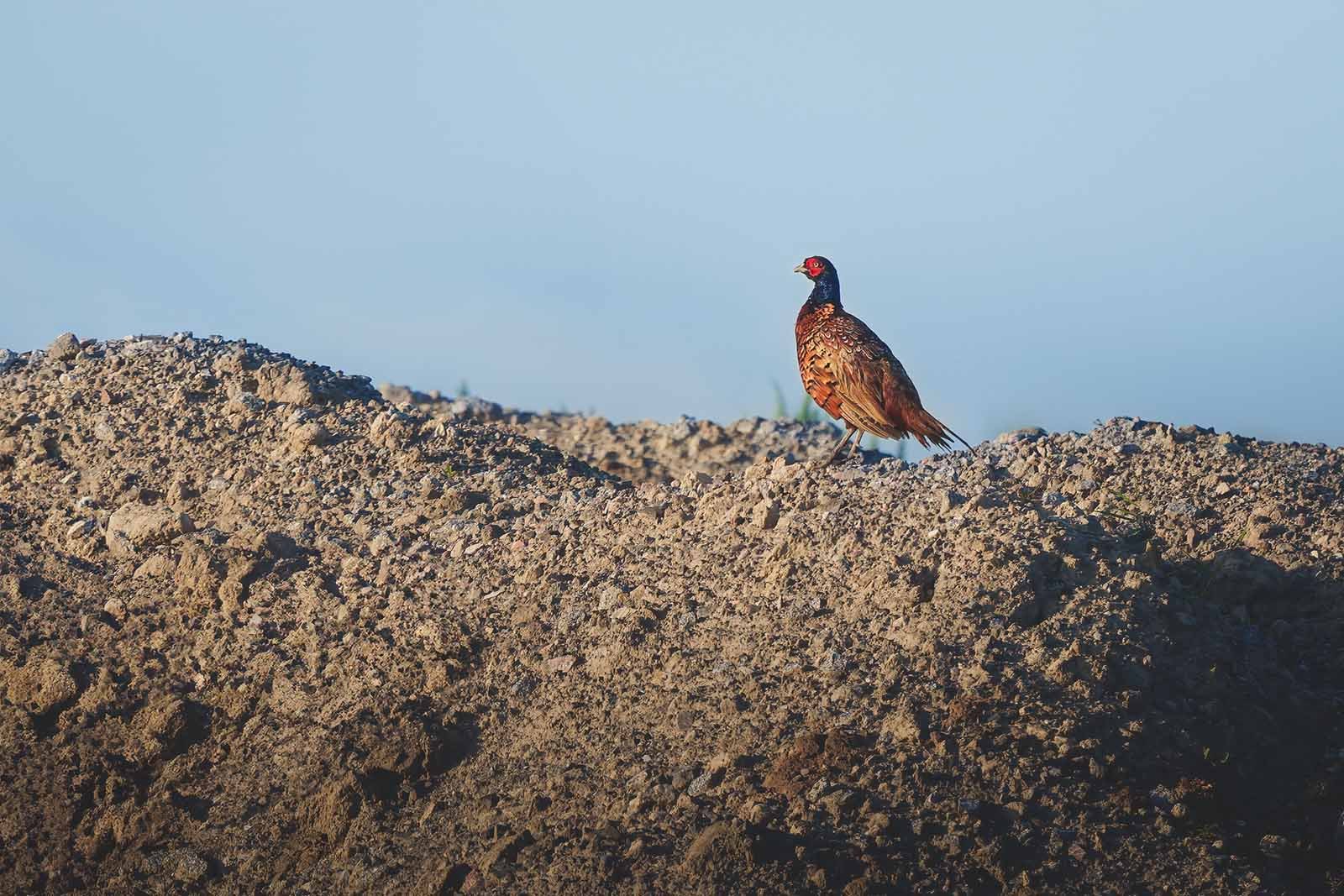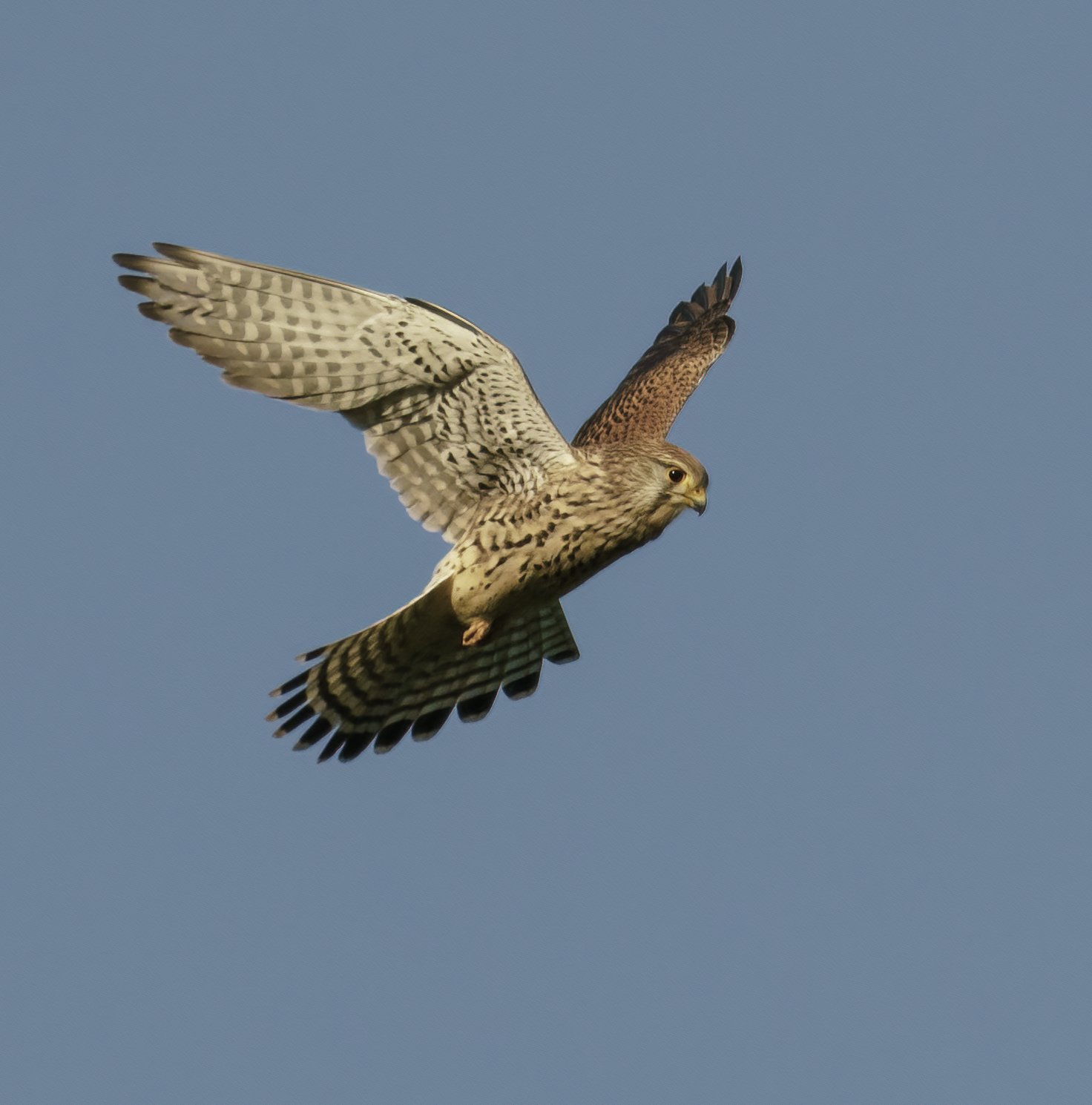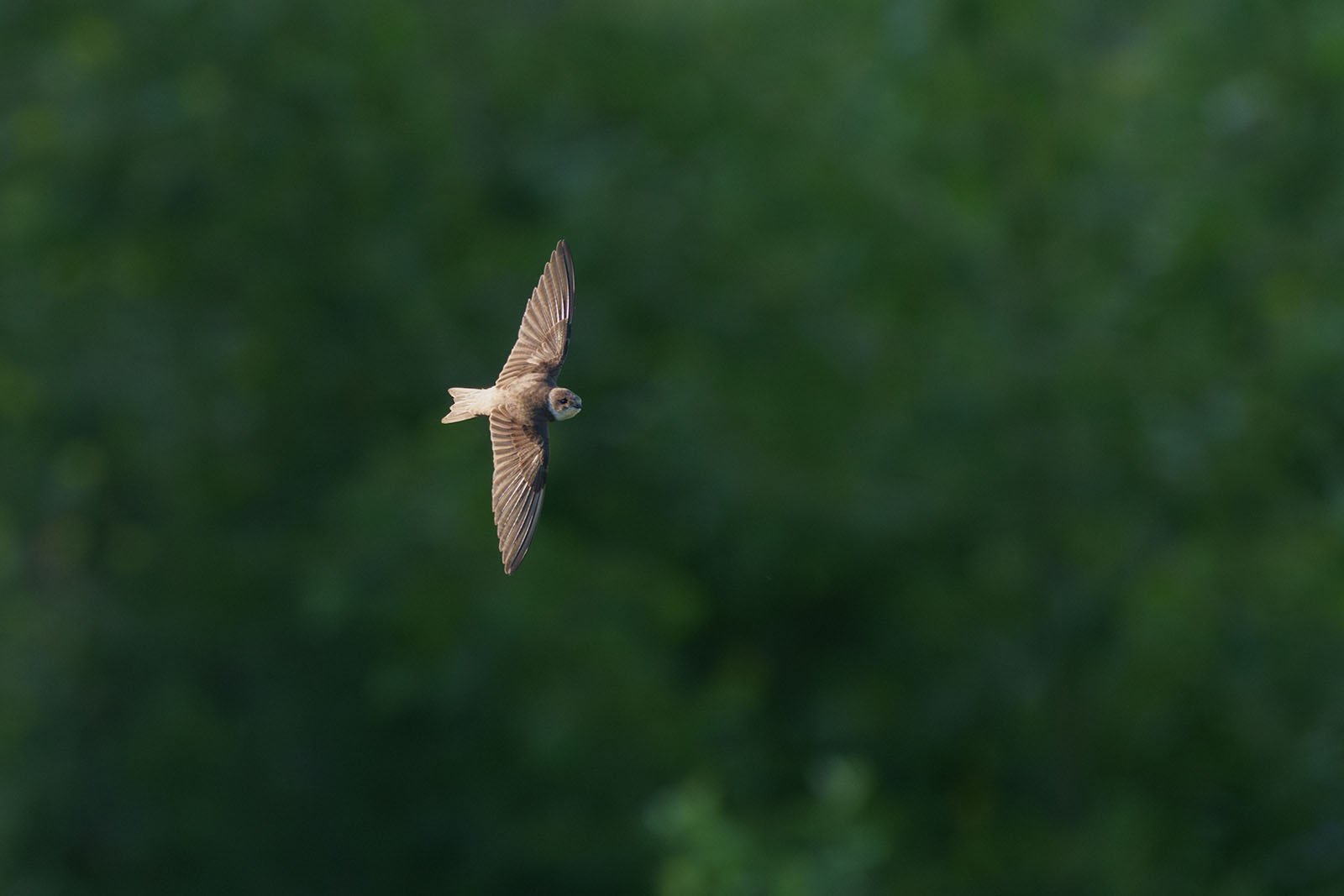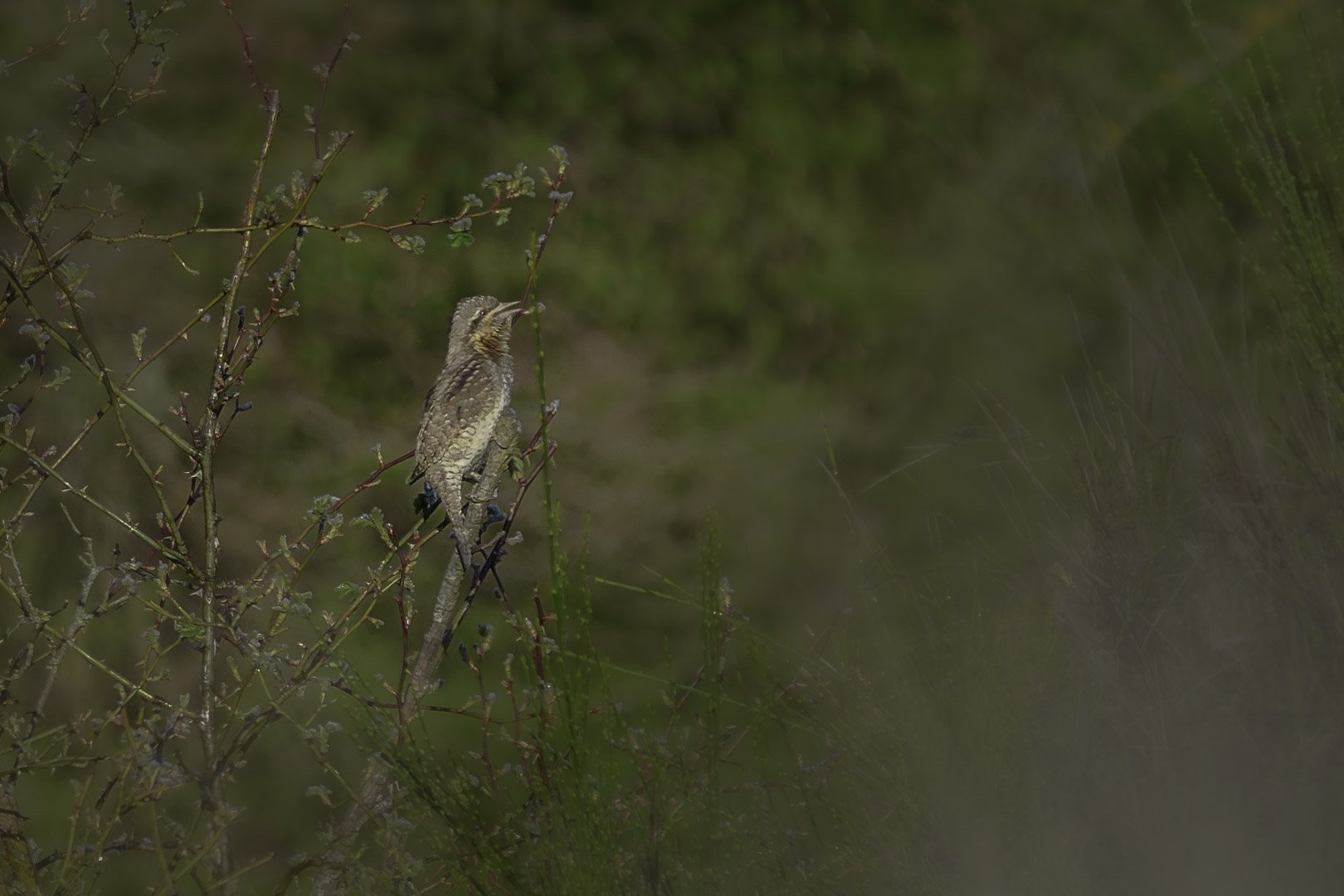House Sparrow (Passer domesticus)
House Sparrow (Passer domesticus) Male
House Sparrow (Passer domesticus) Female
House Sparrow (Passer domesticus) – The City Bird That Lives Everywhere
The House Sparrow, often called the sparrow, is a familiar bird commonly found near humans. With its cheerful chirping and lively behavior, it has adapted perfectly to life in cities and towns. This small, tough bird is widespread around the world and is a common sight in urban environments. The male's distinctive feathers make it easy to spot, while the female is more discreet in appearance.
Quick Facts:
- Size: 14–16 cm
- Features: Males have a grey cap and black bib; females are plain grey-brown
- Habitat: Cities, towns, gardens, parks
- Breeding: Nests in buildings, wall crevices, or trees
- Diet: Seeds, grains, insects (especially for chicks in summer)
Table of Contents
- Introduction: The House Sparrow – A Bird for Everyone
- Features and Appearance: How to Recognize the House Sparrow
- Habitat and Distribution: Where the House Sparrow Lives
- Behavior and Diet: A Clever Survivor
- Breeding: Nests in Roofs and Walls
- FAQ: Common Questions About the House Sparrow
- Shortlist – Key Features
1. Introduction: The House Sparrow – A Bird for Everyone
The House Sparrow is a bird that almost everyone knows. Whether in the city, the village, or the park, this small bird is found everywhere. It has adapted well to living near people, building nests in small crevices of houses and looking for food in gardens or on streets. Even though the female is quite plain, the House Sparrow is an important part of the urban ecosystem.
2. Features and Appearance: How to Recognize the House Sparrow
Male and female House Sparrows look quite different.
- Feathers: The male has a grey cap on its head and a striking black bib on its chest. Its brown neck and dark striped wings give it a bold, contrasting look. The female, on the other hand, is plain grey-brown, which helps it blend in and makes it less noticeable.
- Beak: The short, strong beak is perfect for cracking seeds and grains, which make up most of the sparrow’s diet. In summer, the beak is also used to catch insects for the chicks.
- Eyes: The small, round eyes are dark and give the bird an alert and lively appearance. The sparrow uses its sharp eyes to quickly find food and spot danger.
- Feet: The strong, dark brown feet help the House Sparrow grip onto walls, fences, and branches. It moves easily and quickly in urban areas, hopping from place to place.
With the male's bright colors and the female's camouflage, both are perfectly suited for life in the city.
3. Habitat and Distribution: Where the House Sparrow Lives
The House Sparrow is a true city bird. It feels at home near people and uses buildings, walls, and trees as its living spaces. The bird is often found in gardens, parks, and courtyards, searching for food. In cities and towns, it is a common sight, easily adapting to noisy and busy environments. Thanks to its flexibility, the House Sparrow has spread across nearly all parts of the world.
4. Behavior and Diet: A Clever Survivor
The House Sparrow is a smart and adaptable bird. It mainly eats seeds and grains, but in summer it catches insects to feed its chicks. The sparrow is excellent at finding food in cities, whether it’s picking up crumbs from a terrace or eating grains from a field.
Sparrows are social birds and often gather in groups. These groups can be noisy and active, especially in the morning when they are searching for food together. The House Sparrow is also very alert and reacts quickly to any threats, which helps it survive in urban environments.
5. Breeding: Nests in Roofs and Walls
The House Sparrow often builds its nests in small crevices of buildings, under roofs, or in cracks in walls. It uses grass, feathers, and soft materials to make the nest comfortable. The female lays four to six eggs and carefully incubates them. Both parents feed the chicks, which are ready to leave the nest after about two weeks. House Sparrow nests are often well hidden, providing good protection for the chicks.
6. FAQ: Common Questions About the House Sparrow
1. Where does the House Sparrow live?
The House Sparrow lives in cities, towns, gardens, and parks. It prefers places with small crevices and hiding spots for nesting.
2. What does the House Sparrow eat?
The House Sparrow mostly eats seeds and grains. In summer, it also catches insects to feed its chicks.
3. How can I recognize the House Sparrow?
The male has a grey head and a black bib, while the female is plain grey-brown. Both are small, compact birds.
4. Where does the House Sparrow build its nest?
The House Sparrow builds its nests in wall crevices, under roofs, or in trees. It often uses man-made structures like buildings for nesting.
5. Why does the House Sparrow live near people?
The sparrow has adapted to life near humans because cities and towns offer many hiding spots for nests and plenty of food.
7. Shortlist – Key Features
- Size: 14–16 cm
- Feathers: Males grey with a black bib; females plain grey-brown
- Beak: Short, strong, and black
- Eyes: Dark, small, and alert
- Feet: Strong, dark brown
- Habitat: Cities, towns, gardens, parks
- Diet: Seeds, grains, insects
The House Sparrow is a smart and social bird that thrives in urban environments. Its cheerful chirping and lively nature make it a common but important part of city life. Whether in the countryside or the city, the sparrow remains a familiar and beloved bird.




